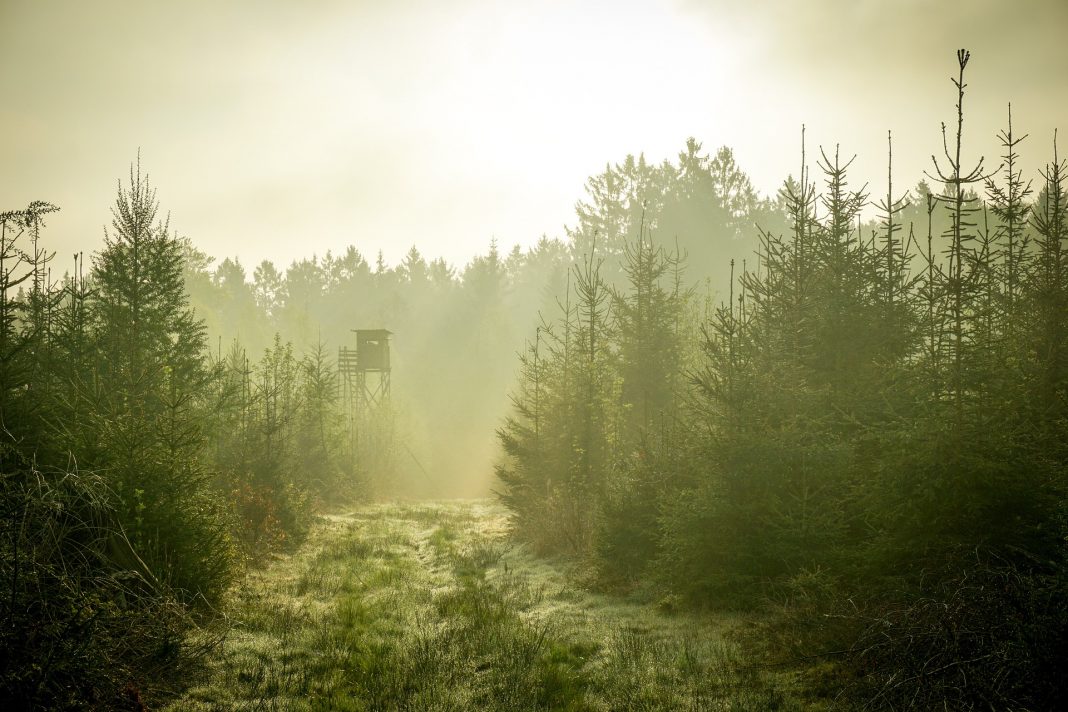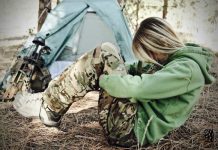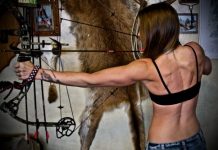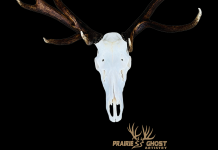Over the years, I have had some great success on setups that produce multiple harvests and others that fall short of the mark. Why? I believe that all of them are in great areas. Key factors that had equal success in the past but still fall short on producing mature bucks. It wasn’t until I started pushing close to the edges of bedding areas, that I understood “the walk-in” would set the tone of the hunt and in most cases was the determining factor on mature buck sightings. My best-producing stands were easy in and easy out.
What I define as a bad walk in is where deer are blowing out due to the fact they saw you or smelled you. These receding white flags translate into pressure switches for mature bucks alerting them to danger. These pressure switches are a change in the deer’s normal habits like your daily routine around the house. You notice when a cabinet door is missing in the kitchen like a deer spots freshly cut limbs for a new stand you set up earlier in the day. Mature bucks are creatures of these habits creating patterns for themselves that when interrupted translate into pressure. These switches could cause them to change that pattern, like going nocturnal. I do not believe these small changes in their normal everyday environment would cause them to blowout and leave the country rather a slight pressure switch can make them fly under the radar of the human eye. This is sometimes referred to as the buck’s sixth sense. So how do we combat these pressure switches?
Match your environmental surroundings. Look at your hunting area and the type motorized traffic that goes through it during a period of time. There are main roads on the ranch that get driven multiple times a day and the deer are accustomed to this environment. Whereas some pastures getting driven once every six months, deer blow out even at the sight of a truck. The same type of motorized pressure just a different reaction because of environmental habits. Urban areas might have more human traffic and scent as in walking trails or houses. Human scent is everywhere but still holds to a pattern. The best example is my backyard. The entire family can be running, screaming, and playing but deer will come up to eat and drink within bow range. Cross that yard fence and put on some camo, game on brother! Those deer are impossible.
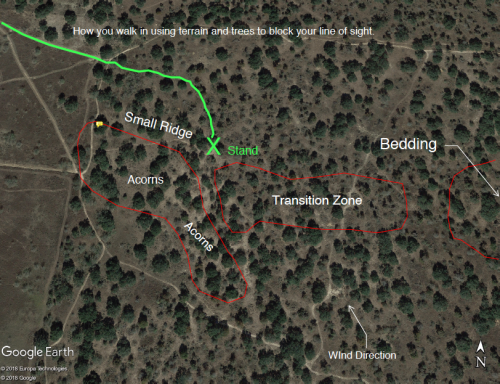
Another aspect one can use is terrain. Using topography in your favor not only can hide line of sight but sound also. Being observant of small rises that aren’t on any mapping system can make the difference in success. Trees or brush also can play into your advantage in hiding your line of sight. I have used overgrown fence lines multiple times to access undetected while deer were up and grazing in a field. So rather it’s ridgelines, trees, or even a creek you can use terrain to minimize these impacts from your target animal.
Lastly, is wind. Always have the wind, no exceptions! But the wind direction should dictate how you want to approach your stand not letting it alert any deer of your presence. One small nose full of human scent that is out of the normal will end the game. Wind also covers your noise as you walk. You might think you are quiet as a church mouse but you are not. There is nothing better than a windy day to slip close to a bedding area and wait for them to get up and start moving towards feed.
In conclusion, be considerate of your environmental surroundings and how deer pattern their habits around them. Use wind, topography, and matching disruption will help you gain better access to your hunting stands resulting in more mature bucks. The best spots are easy in easy out.
How has hunting in stands affected your past hunts?


